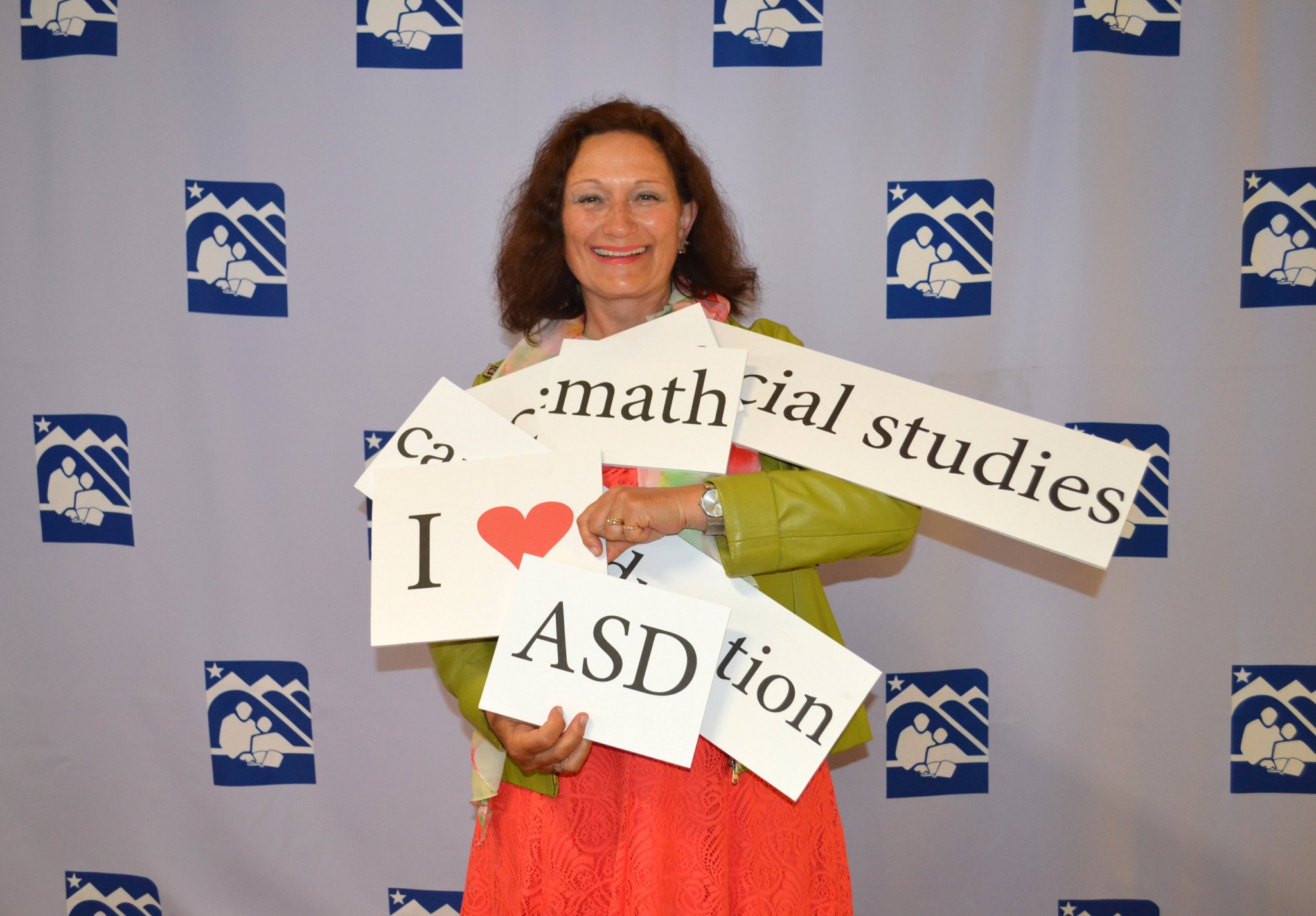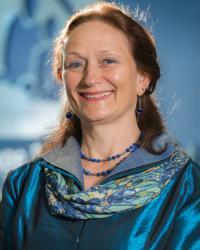This alumna helped create Alaskan high school engineering academy

Tam Agosti-Gisler, an alumna of the Society’s Intel ISEF 1972, was involved with the creation of the first engineering academy in an Alaskan high school. Her efforts now encourage the next generation of students, especially girls like her niece, to study STEM fields and enter science fairs.
In 1972, she was one of two representatives from Alaska when she went to New Orleans for Intel ISEF, where nearly 2,000 students from over 75 countries, regions, and territories come to the U.S. to present their projects. Tam considered a career in microbiology, but instead worked as an educator for 22 years. People were more interesting than microbes, she said.
Read on to learn more about Tam and the engineering academy she helped form.
ON CREATING AN ENGINEERING ACADEMY: I set up a partnership between Siemens and the Anchorage School District to create the academy at A.J. Diamond High School. I formalized partnerships with STEM organizations, the school’s principal, and the district’s assistant superintendent and sat on the engineering advisory board at the high school for years. I was particularly supportive of their work to attract girls to their engineering courses, through an annual girls of engineering day and more.
The academy helped the state keep talent local. It allows students to see how they can continue their education right here in Alaska
Similar academies have now been set up at three other high schools in the district and pre-engineering courses are being taught at Diamond’s feeder middle school.
It’s been an incredible success. Students transfer from other high schools. I really credit our business partner Siemens for coming forward with it. The Siemens CEO in Alaska wanted to “grow our own,” since his company lost time and money when they brought engineers to work here who couldn’t acclimate and then left.
Adversity makes you stronger.
The academy has helped the state keep talent local. It allows students to see how they can continue their education right here in Alaska, that it’s not necessary to go to a school in the lower 48. There was a lot of focus to have students continue their education here and be hirable at the end of their degree program.
Society alumni are champions of science. You can become a champion of science too.
ON GENDER IN STEM: When my sister entered medical school in the late 1970s, as a woman she was an anomaly. I believe she became a great doctor due to her struggles for recognition in the classroom. Adversity makes you stronger.
There is no difference between a male nurse or a female nurse, they are simply nurses.
In my niece’s world, all the doctors are female. She has a female pediatrician, and her mother is a doctor. In kindergarten when a boy said, “when I grow up I want to be a doctor,” my niece turned to him and said, “you’re so silly, only girls can be doctors.”

THE IMPORTANCE OF SCIENCE FAIRS: Science fairs allow students to ask and unpack questions. Experiential learning is by far the most impactful and powerful memory hook. And experiments, especially when there are setbacks, can teach students perseverance and grit. Understanding cause and effect shows students that human actions have consequences, both negative and positive.
At Intel ISEF I was enthralled to meet young people from around the world and impressed that they not only had to speak with expertise about their projects, but they also had to do it in English.
Science fairs allow students to ask and unpack questions.
As females, we were the minority gender at that fair in 1972, and our chaperone was a bit taken aback that so many of the male participants were interested in talking with us. At 14, I was totally floored by the attention. I remember being scared to death, but then proud that I could answer most of the judge’s questions with confidence. I was thrilled that I actually won some money with an award and put it in my education account!
My Intel ISEF project focused on the microbial oxidation of hydrocarbons by microorganisms that were indigenous to an oil seep at Umiat, Alaska. I originally dreamed of finding a way to stimulate the “appetite” of oil-eating bacteria and seed them over an oil spill by air. It would have been highly useful when the Exxon Valdez oil spill happened 17 years later, the negative impacts of which are still to be found today in the Prince William Sound. Good project ideas come from problems in the environment around you.
Good ideas come from problems in the environment around you.
HOW SHE BECAME INTERESTED IN STEM: Growing up in Alaska, surrounded by nature and activities like fishing and camping, a child can’t ignore science. One learns science whether it’s a formal (spotting safe running water) or informal (sticking your tongue on a freezing pole) lesson. My earliest memory of a science experiment was in kindergarten, when my class collected snow, melted it, and then observed.
HER ADVICE TO YOUNG PEOPLE INTERESTED IN STEM: Don’t ever let your interest in STEM careers be influenced by whether it’s a field dominated by one gender or another. Many of those barriers are dropping rapidly. There is no difference between a male nurse or a female nurse, they are simply nurses.


